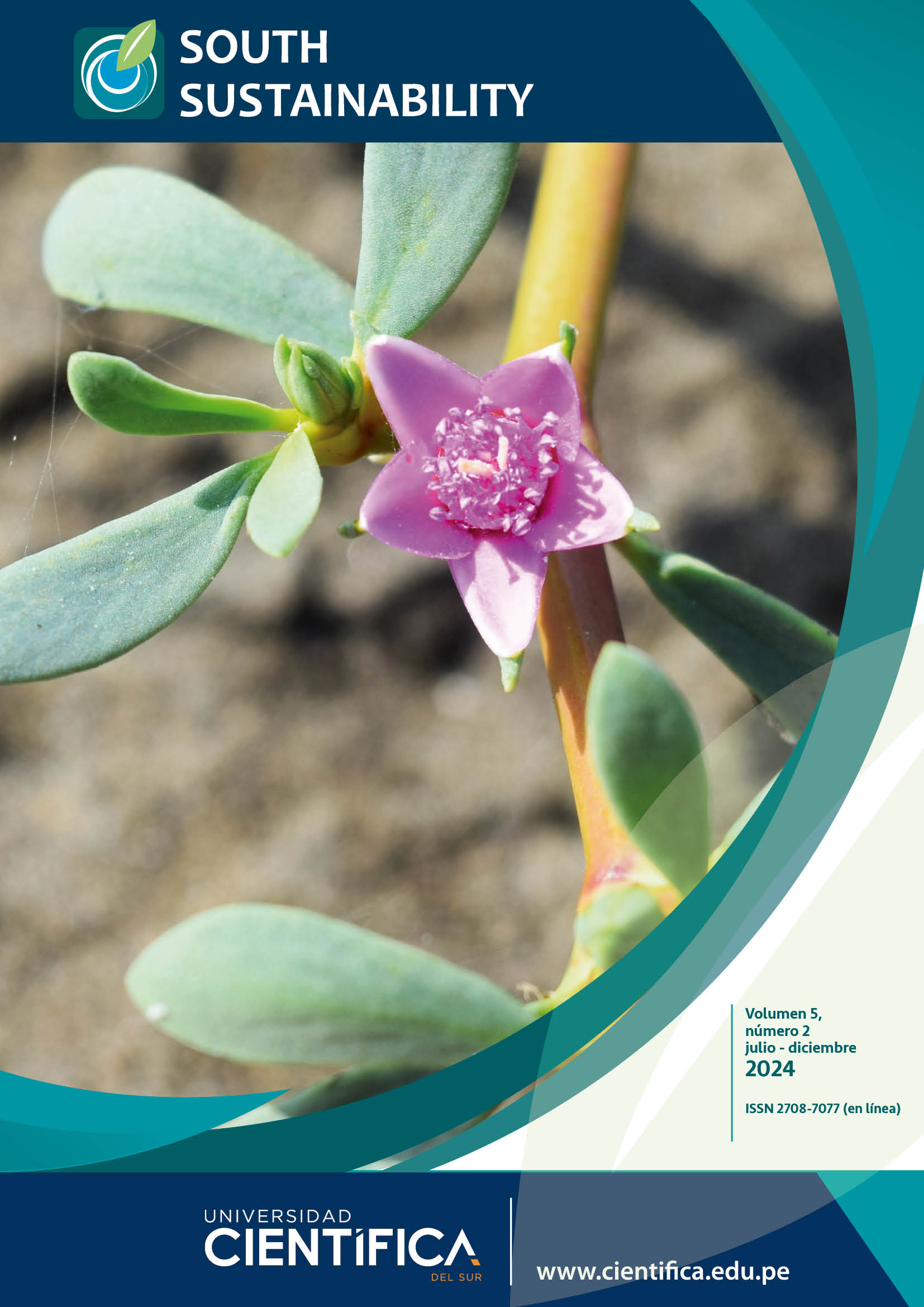The Salvamares Program of the National Fisheries Society: contributing to the sustainability of the Peruvian marine ecosystem
DOI:
https://doi.org/10.21142/SS-0502-2024-e102Keywords:
sightings, biodiversity, conservation, megafauna, ecosystem managementAbstract
In 2017, the Peruvian Society for Fisheries (Sociedad Peruana de Pesquería - SNP) created the Salvamares Program, the first initiative by the private fisheries sector aimed at conserving the marine environment, assessing the effects of the fleet’s interactions with top predators, and disseminating knowledge. Currently, the Program encompasses 18 fishing companies. This article describes this Program’s good practices implementation process during the period from 2017 to 2022. The Program is based upon the gathering of data, using industrial fishing vessels that use purse seine nets, during the fishing seasons for anchovies, horse mackerel and jack mackerel, as well as the activities coordinated with the Peruvian Marine Research Institute (IMARPE) for pelagic species assessments. The information is collected using a fishing logbook, a software application and digital echo sounder technology. Sixty vessels are equipped with SIMRAD ES60, ES70 and ES80 digital echo sounders, operating at a frequency of 120 KHz, and gathering information to a depth of up to 300 meters. During the first six years of the Program, one fisherman per vessel was trained to correctly record data on marine predators during navigation and fishing expeditions, until 100% of the fleet was covered (228 vessels). The most common reports were of seabirds and sea lions. As of 2022, a total of 9,892 individual examples of megafauna that interacted with operations were released during fishing trips. A database, named PESCADATA-SNP, has been created, containing all the information gathered, and more than 50 talks have been held to address marine sustainability.
Downloads
Published
Issue
Section
License
Copyright (c) 2024 Salvador Peraltilla, Gloria Meneses, Mariano Gutierrez, Joanna Alfaro-Shigueto

This work is licensed under a Creative Commons Attribution 4.0 International License.













